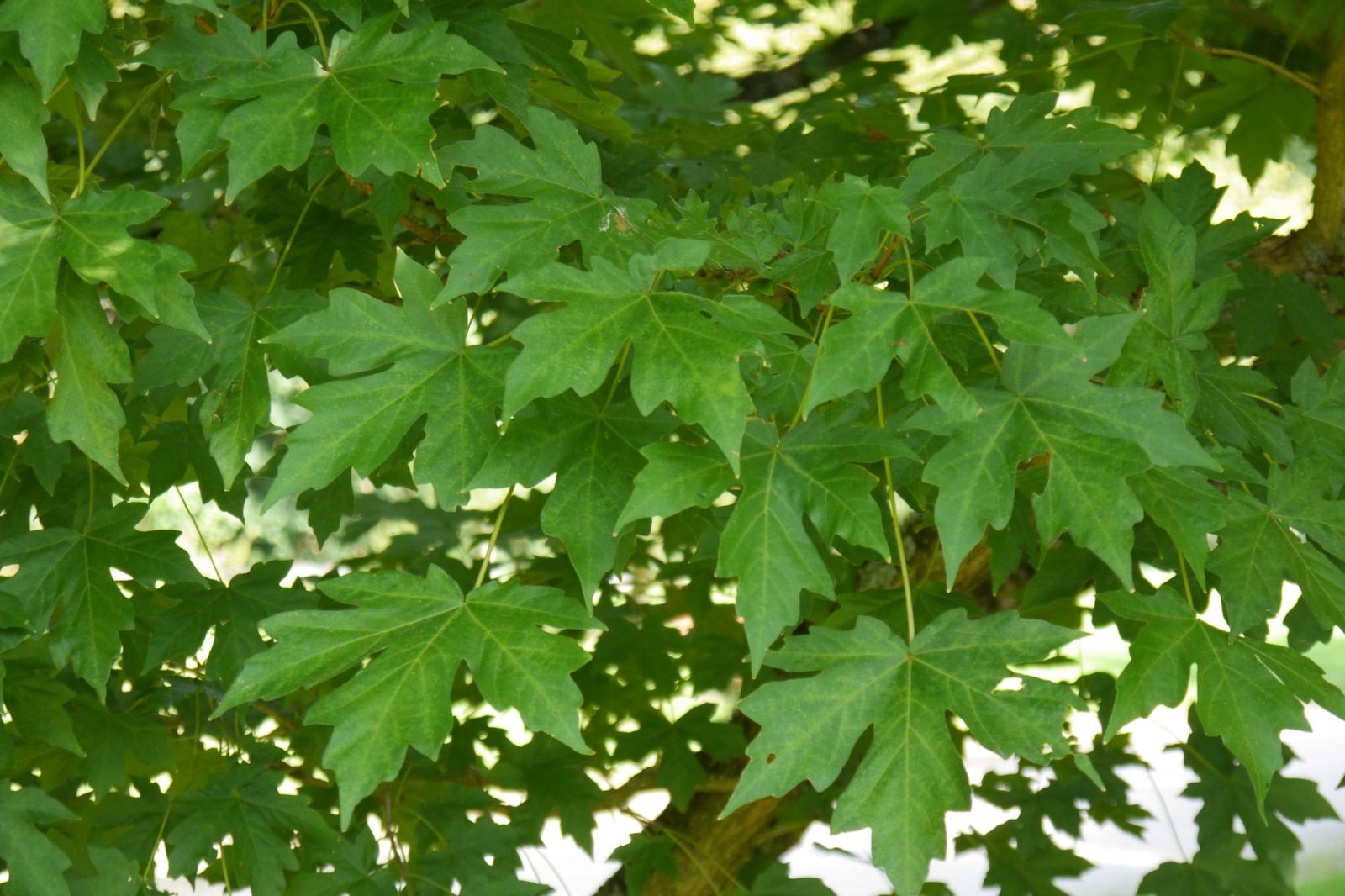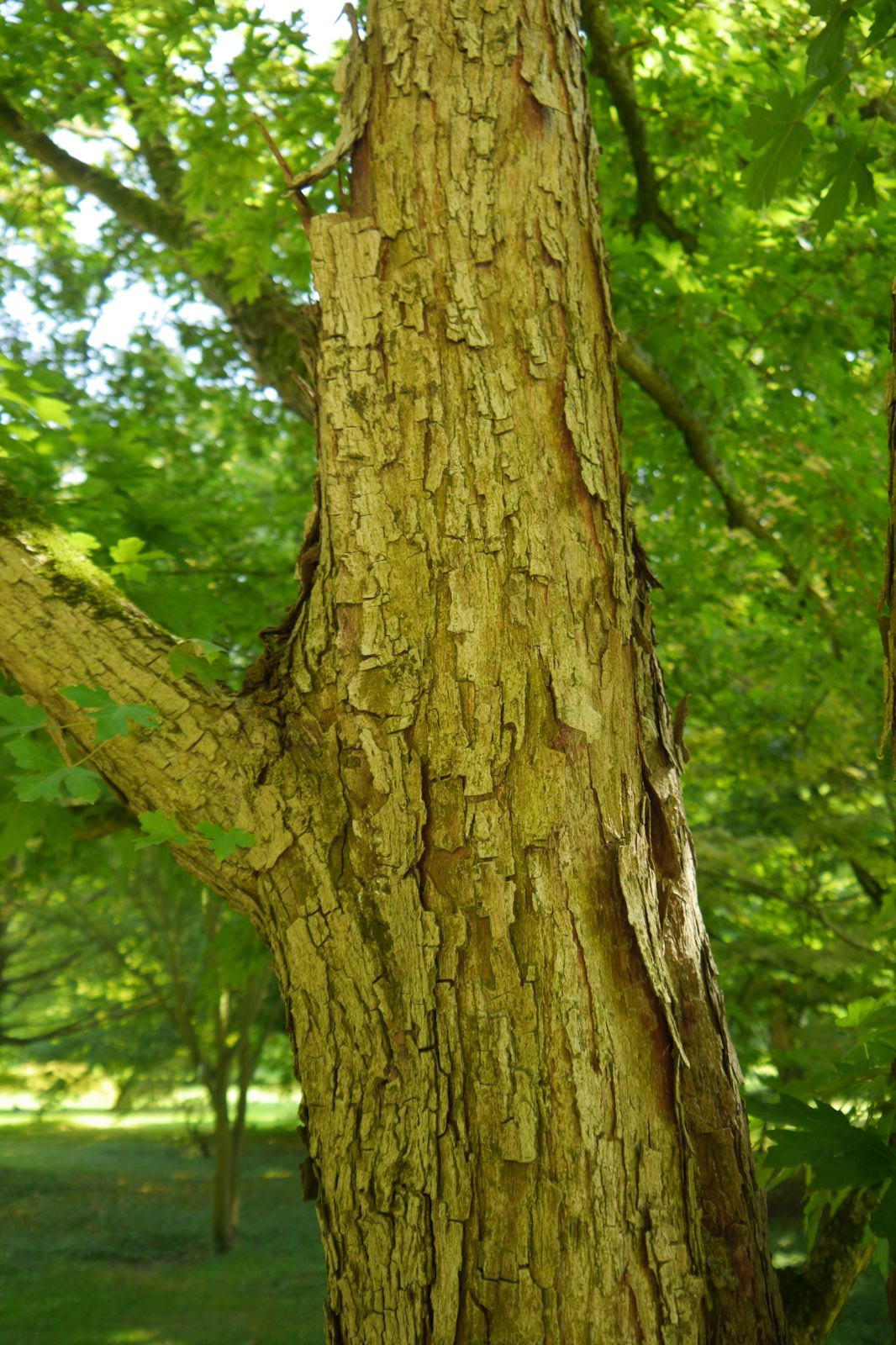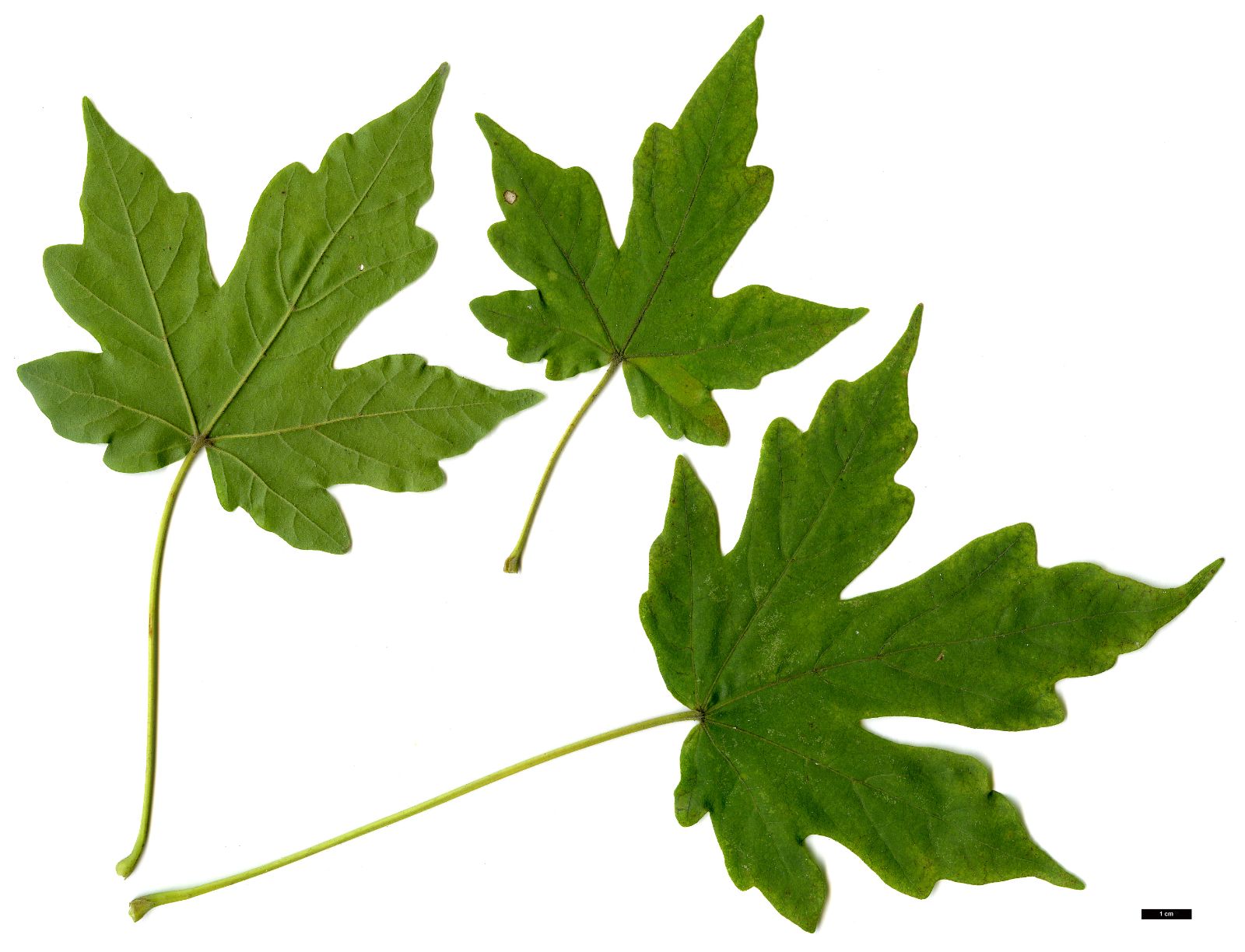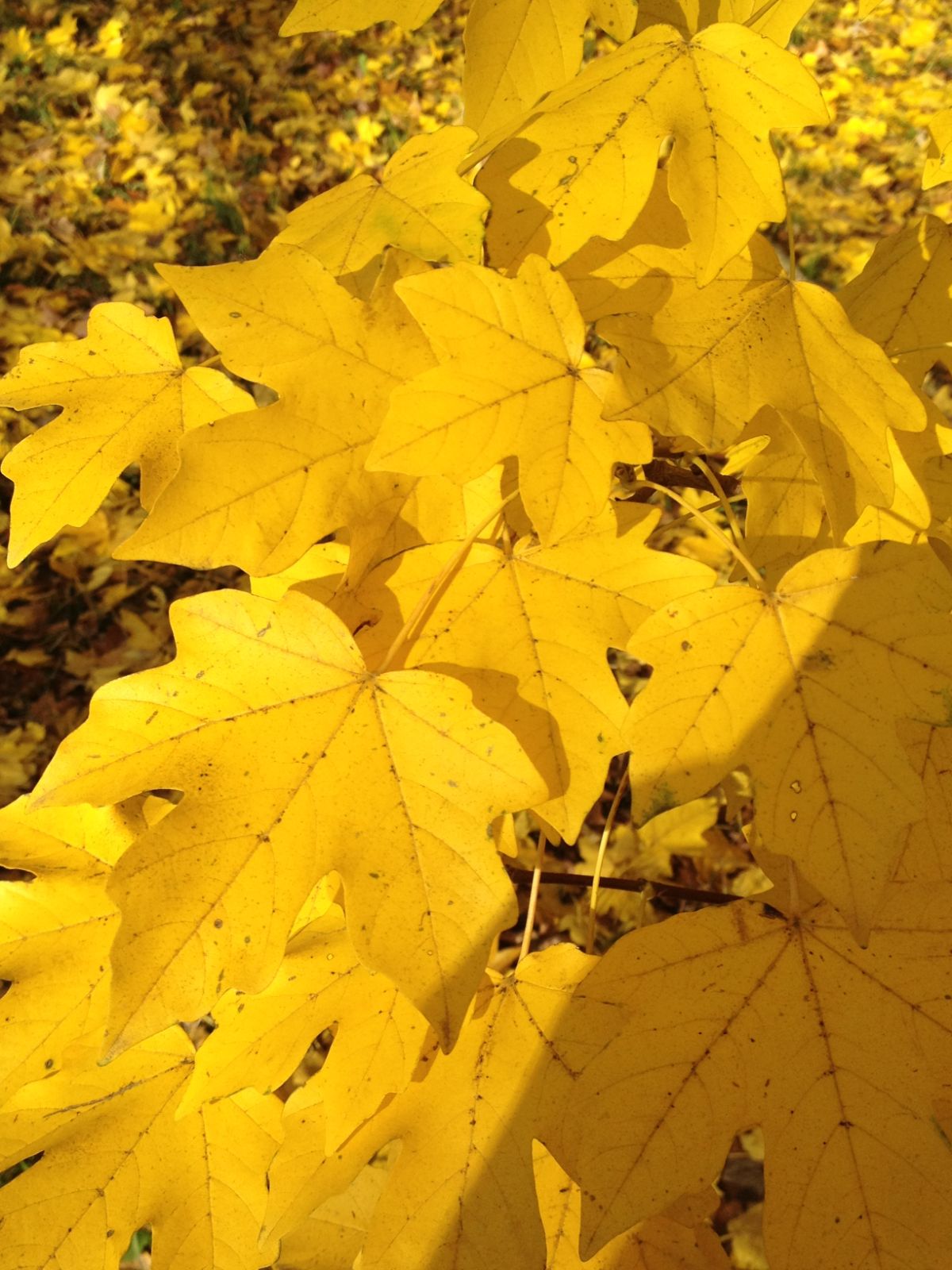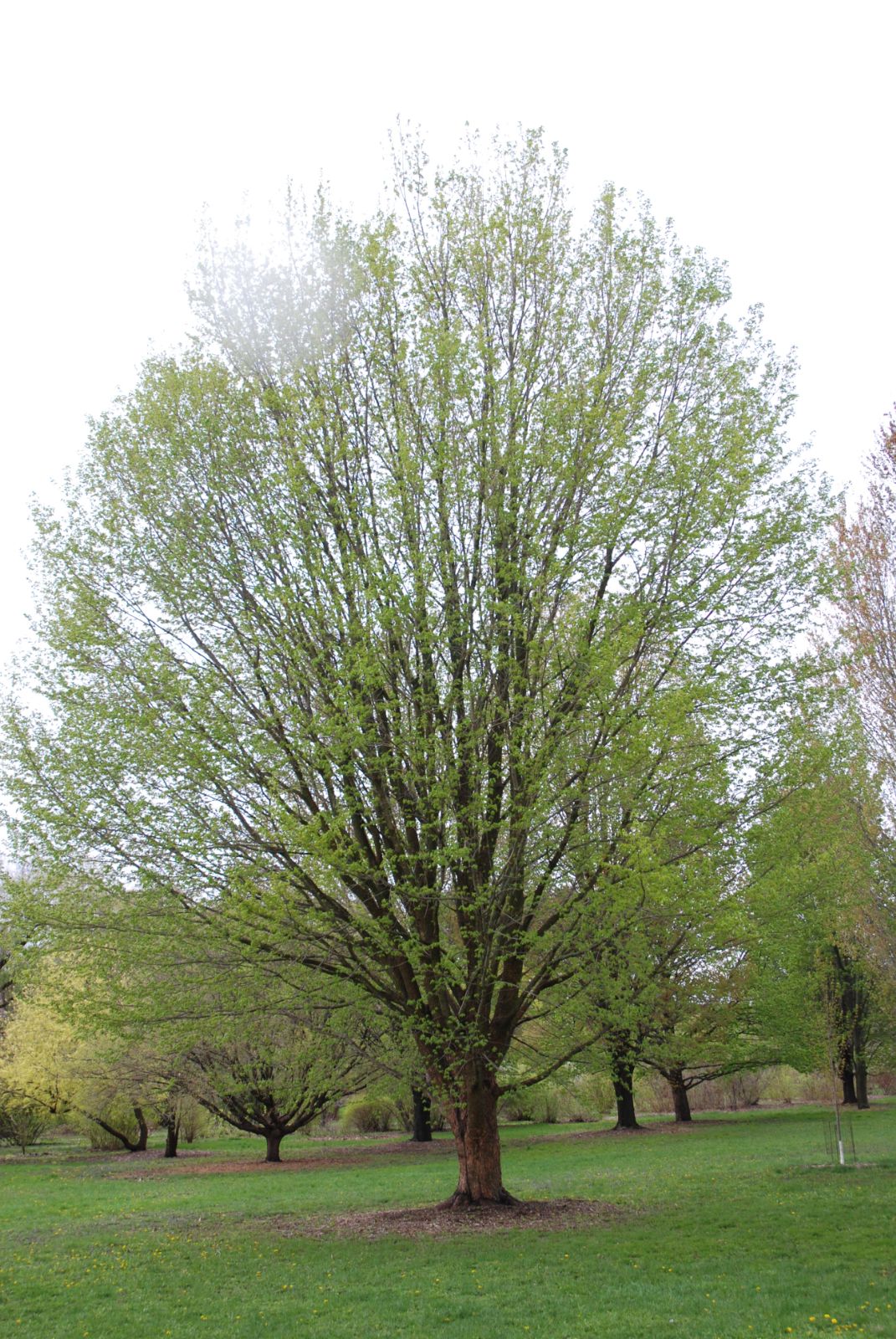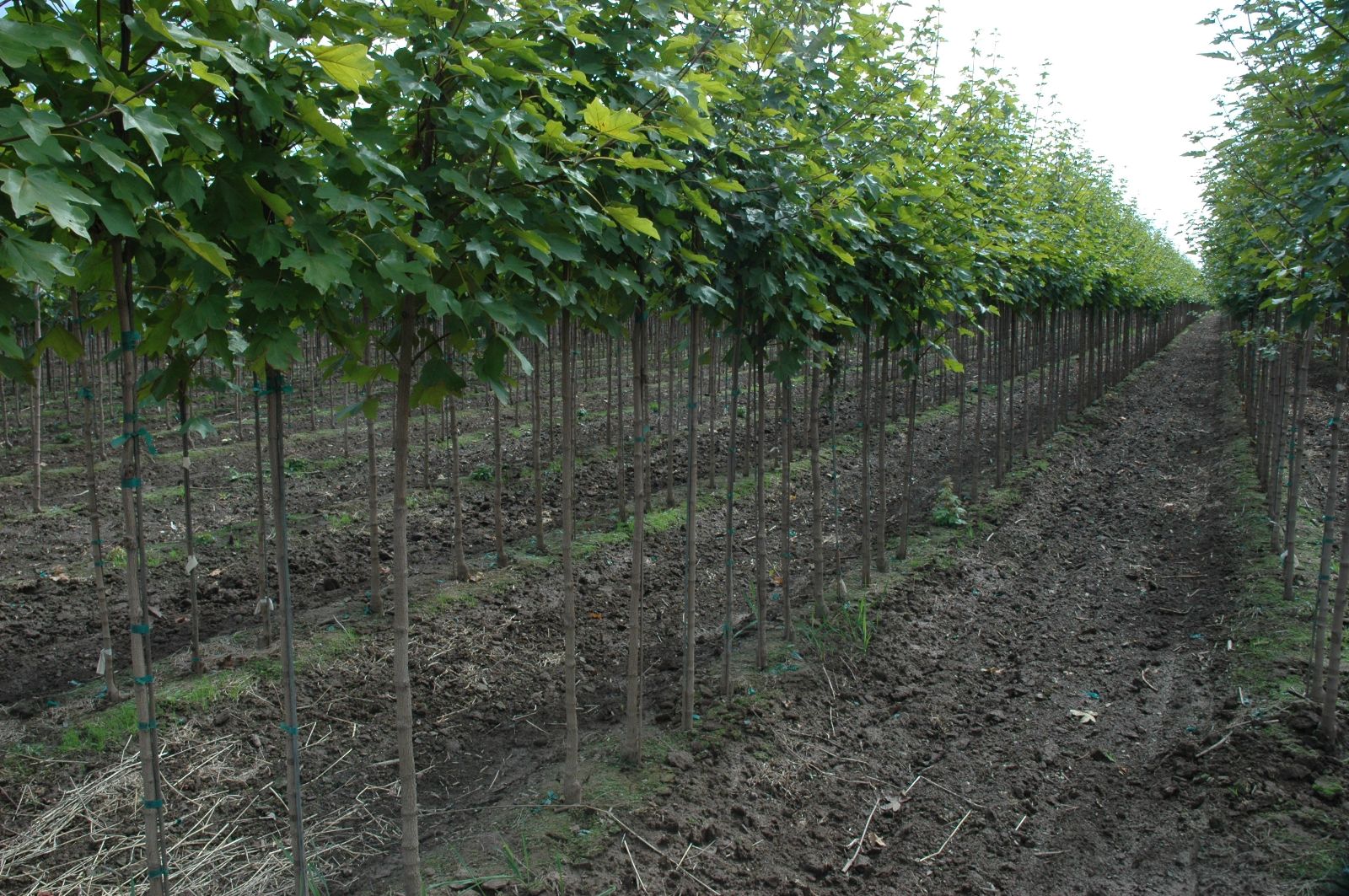Acer miyabei
Sponsor
Kindly sponsored by
The Wynkcoombe Arboretum
Credits
Dan Crowley (2020)
Recommended citation
Crowley, D. (2020), 'Acer miyabei' from the website Trees and Shrubs Online (treesandshrubsonline.
Genus
- Acer
- Sect. Platanoidea
Common Names
- Miyabe's Maple
- Kurobi itaya
- Shibata Kaede
Infraspecifics
Other taxa in genus
- Acer acuminatum
- Acer amplum
- Acer argutum
- Acer barbinerve
- Acer buergerianum
- Acer caesium
- Acer calcaratum
- Acer campbellii
- Acer campestre
- Acer 'Candy Stripe'
- Acer capillipes
- Acer cappadocicum
- Acer carpinifolium
- Acer 'Cascade'
- Acer caudatum
- Acer ceriferum
- Acer chapaense
- Acer chienii
- Acer circinatum
- Acer cissifolium
- Acer × conspicuum
- Acer cordatum
- Acer coriaceifolium
- Acer × coriaceum
- Acer crataegifolium
- Acer davidii
- Acer diabolicum
- Acer distylum
- Acer divergens
- Acer duplicatoserratum
- Acer elegantulum
- Acer erianthum
- Acer 'Esk Flamingo'
- Acer fargesii
- Acer fenzelianum
- Acer flabellatum
- Acer forrestii
- Acer franchetii
- Acer × freemanii
- Acer fulvescens
- Acer 'Gimborn'
- Acer ginnala
- Acer glabrum
- Acer 'Gold Coin'
- Acer granatense
- Acer grandidentatum
- Acer griseum
- Acer heldreichii
- Acer henryi
- Acer × hillieri
- Acer hookeri
- Acer hyrcanum
- Acer japonicum
- Acer kawakamii
- Acer komarovii
- Acer laevigatum
- Acer laurinum
- Acer laxiflorum
- Acer lobelii
- Acer longipes
- Acer macrophyllum
- Acer mandshuricum
- Acer maximowiczianum
- Acer maximowiczii
- Acer metcalfii
- Acer miaotaiense
- Acer micranthum
- Acer 'Mindavi'
- Acer 'Minorient'
- Acer miyabei × campestre
- Acer monspessulanum
- Acer morifolium
- Acer 'Mozart'
- Acer oblongum
- Acer obtusifolium
- Acer okamotoanum
- Acer oliverianum
- Acer opalus
- Acer orientale
- Acer palmatum
- Acer papilio
- Acer pauciflorum
- Acer pectinatum
- Acer pensylvanicum
- Acer pentaphyllum
- Acer pentapotamicum
- Acer pictum
- Acer pilosum
- Acer pinnatinervium
- Acer platanoides
- Acer platanoides × amplum
- Acer platanoides × truncatum
- Acer × pseudoheldreichii
- Acer pseudoplatanus
- Acer pseudosieboldianum
- Acer pubinerve
- Acer pycnanthum
- Acer rubescens
- Acer rubrum
- Acer rufinerve
- Acer saccharinum
- Acer saccharum
- Acer sempervirens
- Acer 'Serpentine'
- Acer serrulatum
- Acer shenkanense
- Acer sieboldianum
- Acer sikkimense
- Acer 'Silver Cardinal'
- Acer 'Silver Ghost'
- Acer sinense
- Acer sinopurpurascens
- Acer spicatum
- Acer stachyophyllum
- Acer taronense
- Acer tataricum
- Acer tegmentosum
- Acer tenellum
- Acer tetramerum
- Acer tibetense
- Acer tonkinense
- Acer triflorum
- Acer truncatum
- Acer tschonoskii
- Acer turkestanicum
- Acer tutcheri
- Acer ukurunduense
- Acer velutinum
- Acer wardii
- Acer 'White Tigress'
- Acer wilsonii
- Acer × zoeschense
A deciduous tree to 25 m. Bark grey, slightly corky, developing longitudinal fissures with age and becoming scaly. Branchlets initially pubescent, becoming glabrous, grey to greyish-brown. Buds ovoid, with 5 to 8 pairs of imbricate scales, brown. Leaves broadly pentagonal in outline, base cordate, (3–)5(–7) lobed with narrow sinuses, 7–12 × 8–15 cm, lobes obovate to oblong, apically obtuse or acute, remotely and obtusely dentate, upper surface mid to dark green, pubescent at least at first, lower surface pale green, pubescent throughout, with or without tufts in vein axils, margins ciliate; petiole to 7–20 cm long, green, pubescent at first, often grooved, broadest at base, exuding a milky sap when broken; autumn colours yellow. Inflorescence axillary or terminal, loosely paniculate, somewhat erect, ~15 flowered. Flowers yellowish-green, 5-merous, usually andromonoecious, sepals oblong, 4 mm long, margins ciliate, petals obovate, as long as sepals, margins ciliate, stamens 8, inserted outside the nectar disc. Samaras ~3 cm long, wings spreading horizontally or nearly so. Nutlets flattened. Flowering from May to June, appearing with leaves, fruiting in October. (Ogata 1999; le Hardÿ de Beaulieu 2003).
Distribution Japan Hokkaido, northern and central Honshu
Habitat Swampy, flat places, including streamsides, within temperate deciduous forests.
USDA Hardiness Zone 4-5
RHS Hardiness Rating H6
Conservation status Vulnerable (VU)
Although on receiving North America’s first consignment of seed of Acer miyabei in 1892, Charles Sargent asserted that he had ‘enough to make this maple common in the gardens of America and Europe’ (Sargent 1894, p. 29), the species is still yet to become frequently encountered in most parts (Jacobson 1996). It is, however, now grown in greater numbers than perhaps it ever has been, with horticultural selections attributed to the species’ increasing popularity. The reason for its historic rarity has been put down to a general lack of seed in the trade and difficulty in propagating it when material has been available (le Hardÿ de Beaulieu 2003). Though the latter problem, at least, appears to have been somewhat overcome, wild sourced trees remain restricted to specialist collections.
Discovered in 1888 and named for the first director of the Sapporo Botanic Garden, Dr. Kingo Miyabe (Flanagan & Kirkham 2005), it was introduced to Germany in that same year (Jacobson 1996). The first arrival to Britain was sent from the USA by Sargent, reaching Kew in 1895 (Bean 1976a). Bean (1976a) noted that it was clearly well adapted to the English climate though his assertion that, among European maples it is closest to A. platanoides is less accurate, as it is markedly more similar to A. campestre. Indeed in the account of the genus for the Flora of Japan Ogata (1999) follows Pax (1886) in treating A. miyabei as separate from other members of section Platanoidea, in section Campestria, though de Jong (2002) draws no distinction between this species (including A. miaotaiense as A. miyabei subsp. miaotaiense) and A. campestre at either section or series level.
Older examples in cultivation include those at the Morris Arboretum, Philadelphia and Hergest Croft, Herefordshire. Trees at Tortworth Court Arboretum, Gloucestershire are reputed to represent the original introduction of the species to Britain as, along with Kew, Lord Ducie, the then resident of Tortworth Court, is believed to have received seed from Sargent in 1895. A visit from the man himself followed a few years later, accompanied by Asa Gray (Tortworth Court Arboretum 2006). Younger examples of the species include trees of WAHO 562, collected in 1986, grow at Kew and Wakehurst. The Kew specimen has leaves that appear densely crowded along the branches, the tree with a fairly upright crown. EHOK 131 is represented at Kew and Quarryhill, California, collected on Hokkaido in 1997 from its marshy habitat where its associates include Alnus japonica and Quercus serrata (Flanagan & Kirkham 2005).
'JFS-KW3AMI'
Common Names
Rugged Ridge Miyabe Maple
Synonyms / alternative names
Rugged Ridge TM
RHS Hardiness Rating: H6
Selected for its exceptionally furrowed, corky bark and introduced by J. Frank Schmidt and Son, this cultivar is also noted as suitable for use as a street tree, possessing an upright habit typical of the species (Schmidt 2019). Selected from a seedling of ‘Morton’, which grows near to a specimen of A. campestre, there is a suggestion that this may indeed be a hybrid with that species (Dirr & Warren 2019). It has darker foliage than ‘Morton’ and appears to be currently represented only in North American collections.
'Morton'
Synonyms / alternative names
State Street™
RHS Hardiness Rating: H6
Acer miyabei ‘Morton’ has a form slightly narrower than is typical for the species and was selected from the finest example of the species growing at The Morton Arboretum, Illinois. It has a strong branching structure and has proved itself widely adaptable across the United States. (Dirr & Warren 2019). The original tree, located along the Lower Joy Path, arrived at The Morton from Späeth Nursery, Germany, in 1929 as a small specimen (K. Bachtell, pers. comm. 2020).
It is possible to grow ‘Morton’ from cuttings, though only a small percentage of such have proved successful. Grafting onto A. campestre has also proved problematic, to the extent that the early expert grafter on the Morton staff, Roy Nordine, would use seedlings of A. miyabei as the rootstock for ‘Morton’, before it was selected. Unfortunately, A. campestre is used by some growers as a rootstock for ‘Morton’ and compatibility problems can be observed on trees in cultivation. Furthermore, A. campestre is less hardy in North America than A. miyabei, restricting the reliable use of ‘Morton’ in some areas when that rootstock is used (K. Bachtell, pers. comm. 2020).

